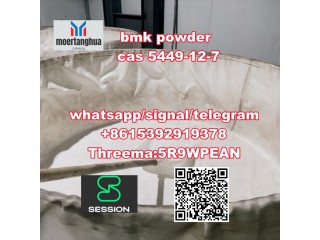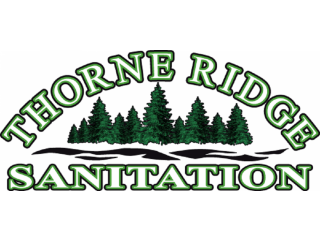Valves 101: Two Types of Ball Valves Private
2 years ago - Real estate - Baranagar - 166 viewsSmall-size valve balls are a type of piping equipment that shuts off or controls the flow in a pipeline by using a hollow sphere and round seats held in a valve body. There are two basic technologies for the design of ball valves, floating ball design and trunnion mounted ball design.
The floating valve balls are rotated (usually 90 degrees) by a shaft that protrudes outside of the valve body and is connected to some form of operator. For this reason, most ball valves are referred to as quarter-turn valves. This shaft is not rigidly attached to the ball in order for the ball to pivot on the end of the shaft as it rotates on the axis of the ball. This is usually accomplished with a slot on top of the ball, perpendicular to the ball’s flow path. The cupped portion of the seats cradle the ball prevents it from moving down in the valve body.
The Trunnion Valve Balls work nearly the same way as the floating ball except the seats are spring loaded against the ball and the ball does not pivot. The ball only rotates on its axis in this design.
In the trunnion mounted ball valve, the ball utilizes a second shaft and bearing on the bottom of the ball. This stem or “post” holds the bottom of the valve in place. The top of the ball is not slotted and the upper stem is rigidly attached to the ball. This prevents the ball from moving into the downstream seat.In a solid ball valve, the hole is the same diameter all the way through. That helps the fluid flow smoothly at a constant velocity. Hollow valve balls are, as the name implies, hollow inside. That creates a bigger space for the fluid to fill, which changes its velocity and creates turbulence.Ball valves are designed to be used in a variety of applications and markets, but V opening valve balls offer the added ability to be used as a control valve where necessary. The main differentiator is a contoured V-port in the ball, most commonly available with a 15°, 30°, 45°, 60°, or 90° angle, which produces an equal percentage flow characteristic for better control. V-ball valves are known to offer a variety of advantages in flow control applications, especially when compared to larger and more expensive control valves.Ball valves use a handle to turn a ball in the valve, with a hole or port through it. The ball is used to allow or prevent flow through the valve depending on its position. If the hole is aligned with the pipe, flow continues through the valve; if the hole is perpendicular to the pipe, flow will stop at the valve. It’s really that simple!

















